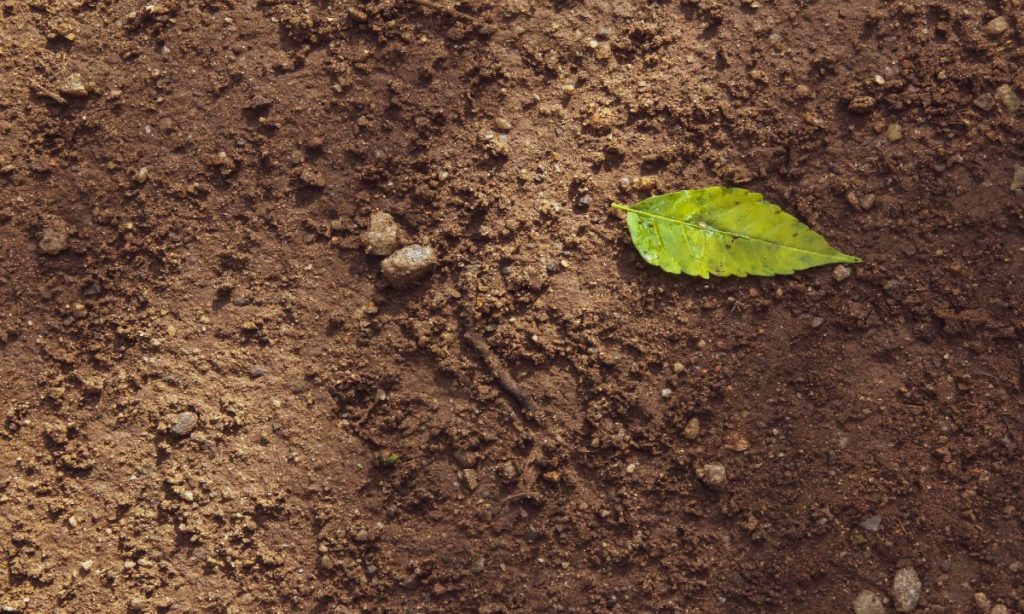Have the Healthiest Soil for Your Plants Using These Tips

Having a beautiful, well-maintained garden is a dream for most of us. Realizing this dream, however, is not possible for many because of modern living trends in residential buildings. Those who do have a garden space are either doing things wrong or don’t make much effort. So if you’ve been a victim of dried leaves, poor harvests, and barren soil, you’ll certainly realize how delicate plants can be.
The most important factor for healthy plant growth is nutrient-rich soil. You have to work for it constantly to see the results and keep your soil healthy. That’s exactly what we’ll be helping you with today. We’re putting forth six excellent tips to help you improve your soil health.
Know Your Soil
50% of the soil’s quality can be judged based on its physical structure. If you can afford to take it to labs and get its pH levels, nutrients and organic matter tested or get any fertilizer recommendations, great. If you can’t, just follow the following field observations to determine the soil’s texture and workability and get ahead of other DIY gardeners:
- Rub a small amount of soil between your fingers. If the soil feels coarse, gritty and falls apart easily, it’s most likely sandy soil.
- If it feels smooth and silky when wet, yet kind of floury when dry, it’s silt.
- Clay will feel sticky and slick when moist. If it’s dry, it will turn into hard clumps with cracks in the soil surface.
- Soil that feels granular, crumbly and has visible clumps is usually good soil. Workable soil will crumble easily when you press it.
- Soil that stays too wet and ends up being sticky and muddy most of the time is not suitable for planting and digging.
- Always avoid working on wet soil, it’ll do more damage than good.
- Invest in a soil moisture meter to ensure optimum moistening levels for your soil.
Feed Your Soil With Organic Matter
Adding organic matter to your soil is hands down the best method to fix your soil! Whether it’s compacted, low in nutrients or has poor drainage, organic matter will fix it. It doesn’t matter what type of soil it is — be it clay, sand or silt. Here’s a list of things you can add to your soil to improve its quality:
- Autumn leaves
- Grass clippings
- Coffee grounds
- Compost — add it in the spring season before planting. You can also dress your plants with it throughout the season.
Avoid Soil Compaction
Avoid parking your car on your lawn. Build a proper walking passage between your garden so your soil isn’t disturbed. Compacted soil happens as a result of excessive foot traffic or weight on soil. This causes a reduction in soil volume, lowering its productivity.
In other words, the air between the soil grains is removed and this reduces the soil’s environmental quality. So make sure there’s proper walking passage and you aren’t using too-heavy agriculture machinery on your soil.
Tilling Is a Must
Tilling your soil is always a time well spent. The soil on top tends to become stiff and solid after every two weeks. When you reshuffle the soil, you’re actually bringing up fresh nutrients and making space for air, sunlight and water.
Ensure Appropriate Air, Sunlight and Water
Make sure your soil is getting appropriate sunlight, water and air. You need to understand that soil is full of microhabitats that differ in these amounts, so it’s best for your soil to have access to varying air, sunlight and water.
Lastly, Limit Pesticide Use
They’re used to kill pests but can also kill healthy microbes and insects in the soil. Always try other alternatives first, such as spinosad or horticulture oils.
As long as you follow the aforementioned tips, you’re guaranteed to come up with finer and healthier soil for your plants. Take care of your soil and keep your garden thriving!